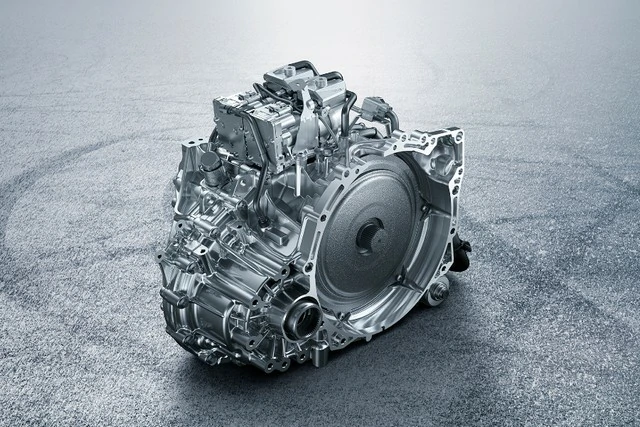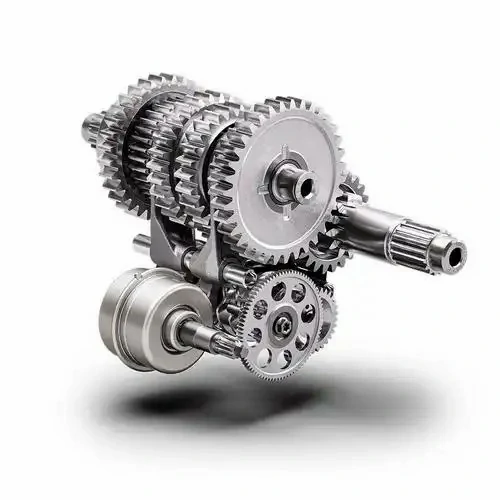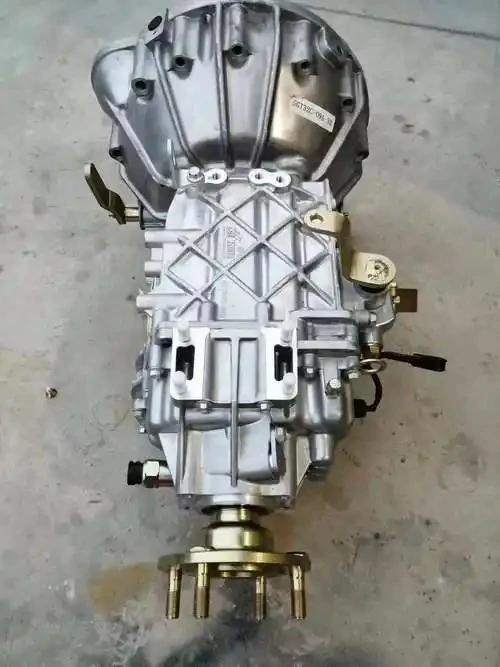With the continuous development of the automotive industry, the design and optimization technology of the gearbox, as the core component of the automotive power transmission system, has become the key to improving vehicle performance and driving experience. Modern gearboxes must not only meet the basic requirements of power transmission, but also meet challenges such as environmental friendliness, energy conservation and emission reduction, and intelligent control. This article will explore the design concept, optimization technology and development trend of modern gearboxes.
Key technologies in modern transmission design
Multi-gear and shifting strategies
Modern transmission design emphasizes efficient power transmission. Traditional manual and automatic transmissions have gradually developed into more complex multi-gear transmission systems. Multi-gear design can more finely adjust the matching of engine speed and vehicle speed, improve fuel economy and power response. For example, CVT (continuously variable transmission) transmissions, dual clutch transmissions (DCT) and 9-speed automatic transmissions are all designed to provide optimal performance under different working conditions.
Dual clutch and automation technology
Dual clutch transmission (DCT) is a technology that has gradually become popular in recent years. Its biggest advantage is that it shifts quickly and smoothly, which can improve driving pleasure while reducing fuel consumption. The optimized design of the dual clutch system, in addition to balancing the friction characteristics of the clutch, must also ensure stability at high speeds and smoothness at low speeds.
Electronic control technology and intelligent control
With the development of electronic technology, modern transmissions are increasingly dependent on electronic control units (ECUs). The electronic control system can not only accurately control the timing of shifting, but also adjust the shifting logic in real time according to the driving status of the vehicle to optimize power output. The intelligent transmission system can also analyze vehicle usage through big data to achieve personalized adjustment and provide a more efficient and comfortable driving experience.

Optimization technology of modern gearbox
Lightweight design
With the improvement of global requirements for automobile environmental protection and energy saving, lightweighting has become an important direction of modern gearbox design. By adopting high-strength steel, aluminum alloy and composite materials, the weight of the gearbox can be effectively reduced, thereby reducing the overall weight of the vehicle and improving fuel efficiency. A lighter gearbox can not only reduce fuel consumption, but also improve the dynamic performance of the vehicle.
Reduce friction and heat loss
Friction and heat loss are important factors affecting the efficiency of the gearbox. In modern gearbox design, by using high-performance lubricants, optimizing gear surface treatment technology and introducing more sophisticated manufacturing processes, friction losses can be significantly reduced and transmission efficiency can be improved. In addition, the design of the cooling system is also very important to ensure the stability and heat dissipation of the gearbox under long-term high-load operation.

Noise and vibration control
The noise and vibration problems of the gearbox have always been an important factor affecting driving comfort. Modern gearboxes effectively control noise and vibration by optimizing gear meshing, adding shock absorbers and sound insulation materials. Through sophisticated processes and strict quality control, it can be ensured that the noise level of the gearbox under different working conditions meets the requirements, thereby improving driving comfort.
Intelligent fault diagnosis and maintenance
Modern transmissions have gradually been equipped with intelligent fault diagnosis functions. Through integrated sensors and monitoring systems, the transmission can monitor various operating parameters in real time and provide fault information to the driver or maintenance personnel through the on-board diagnostic system (OBD). This not only improves the reliability of the transmission, but also can warn of faults in advance, thereby reducing maintenance costs and downtime.
Future Development Trends
Electrification and Intelligent Networking
With the development of electric vehicles (EVs) and intelligent networked vehicles, the design of gearboxes faces new challenges. Electric vehicles have different requirements for traditional gearboxes. Many electric vehicles use simplified transmission systems and do not even need traditional multi-speed gearboxes. However, for hybrid models or high-performance electric vehicles, optimizing the gearbox is still an important means to improve efficiency and power performance. Future gearboxes may pay more attention to the integration of electronic control systems and intelligence to create a more flexible and intelligent power management system.
Autonomous driving and gearbox coordination
The popularization of autonomous driving technology will place higher requirements on gearbox design. The autonomous driving system needs to work precisely with the gearbox to achieve smooth and accurate shifting operations through more sophisticated control algorithms. In the future, the gearbox will not only be the key to vehicle power transmission, but will also become part of the intelligent driving system, providing a more efficient and safer driving experience.
Sustainability and environmental friendliness
As environmental regulations become increasingly stringent, the design of modern gearboxes pays more and more attention to reducing environmental impact. Future gearboxes will use more recyclable materials and green technologies to meet the requirements of sustainable development. In addition, the energy efficiency of the gearbox will be further optimized to meet the global demand for reducing carbon emissions from automobiles.

Conclusion
The design and optimization of modern gearboxes is not only a reflection of technological innovation, but also a response to the future development trend of the automotive industry. Through the continuous advancement of technologies such as efficient power transmission, multi-gear selection, intelligent control, and lightweight design, modern gearboxes will provide strong support for improving vehicle performance, energy conservation and emission reduction, and optimizing driving experience. With the development of technologies such as electrification and intelligence, future gearboxes will become more complex and intelligent, becoming an indispensable and important part of the automotive power system.


